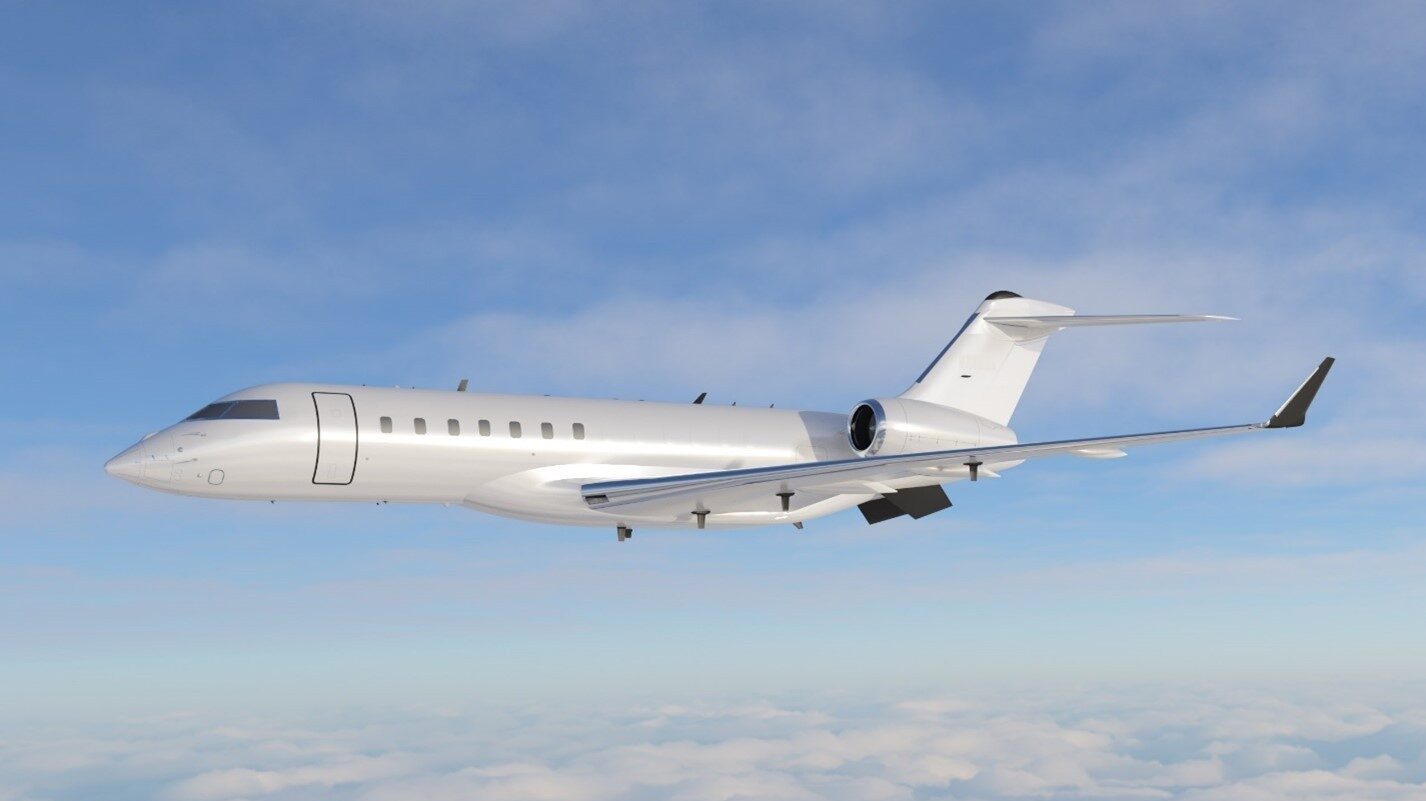
A Bombardier Global 6500 aircraft. (Bombardier via US Army)
AAAA 2024 — The US Army plans to pick a prime integrator for its new manned, fixed-wing spy plane later this year and have the first modified Bombardier Global 6500 jet up in the air around the late 2026 timeframe, according to service officials.
The High Accuracy Detection and Exploitation System, or HADES, is “designed to support active campaigning short of conflict and then potentially support targeting in conflicted areas where you might let high-end stealthy fighters or unmanned systems take first contact,” Andrew Evans, the director of Intelligence, Surveillance, and Reconnaissance (ISR) Task Force told reporters Thursday.
“Then HADES, like many other joint assets, would do fall back support until we reestablish air superiority or supremacy,” he added.
Over the past several years, the service has tasked an array of companies with producing “bridging” aerial ISR assets designed, in part, to inform HADES requirements. Those have included:
- An ISR as a service contract to the Sierra Nevada Corporation for the High Altitude Expeditionary Next ISR-Sensor (Athena-S) centered around two converted Global 6500s;
- Another pair of converted Global 6500s by MAG Air and L3Harris under the Athena-Radar initiative;
- A Leidos-owned Bombardier Challenger 650 dubbed the Airborne Reconnaissance and Targeting Exploitation Multi-Mission Intelligence System (Artemis): and
- The L3 Harris Airborne Reconnaissance and Electronic Warfare System (Ares) that uses a Bombardier Global 6000.
The service then inched forward with a formal program of record earlier this year when it announced Bombardier’s Global 6500 jet would ultimately be used for HADES and awarded the company with a $66.4 million contract for the first plane.
“One of the challenges in this … mission space is there’s a lot of capable performance on aircraft but as soon as you start modifying them for the purpose of doing an ISR event, sometimes you lose that performance,” Evans said.
With the plane selected, the service asked all companies interested in integrating a suite of government furnished sensors into the aircraft to submit proposals. Service officials are now evaluating those proposals and a winner should be announced later this year, according to Col. Joe Minor, the project manager for fixed-wing aircraft. (Some industry officials said they anticipate an announcement this summer.)
Once the prime integrator is selected, Evans said the company will spend the next 18 months on integration work before it is “stress tested” during a military user assessment abroad around the late 2026 timeframe.
If all goes as planned, the service should have all 14 HADES ready for the air by 2035 and will gradually retire 70 RC-12 Guardrails and Enhanced Medium Altitude Reconnaissance and Surveillance Systems (EMARSS), and phase out the bridging capabilities, Evans and Minor explained.






















